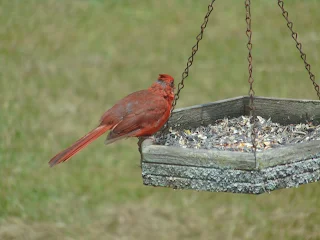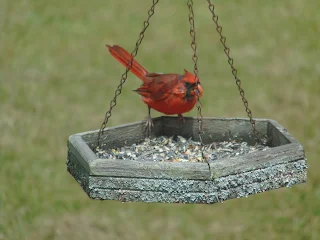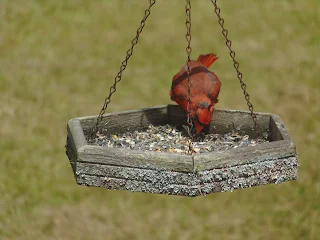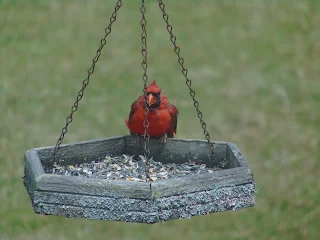Monday, September 30, 2024
Thursday, September 26, 2024
Night Sky Photography -- 09-24-2024 -- Last Quarter Moon & Constellations After Midnight
About one hour after midnight on Tuesday, September 24th, I captured several photos of the rising Last Quarter (Third Quarter) Moon and the planet Jupiter sitting between the Constellations Taurus The Bull and Auriga The Charioteer just over the tops of the trees.
The first photo is a wide shot of the major stars and star clusters near Luna and Jupiter as seen from here on Earth in the sky dome. The second photo is a closer shot where I've outlined the constellations themselves. The final shot is a close-up of the Last Quarter Moon for September -- the first major Moon Phase for the autumn season here in South Carolina and the Northern Hemisphere.
The planet Jupiter can be seen inside the Constellation Taurus in the second photo, where I outlined the position on the major stars of both constellations on either side of the bright Last Quarter Moon.
The bright star, Elnath, can be seen just next to Luna. At approximately 134 light-years (or 41 parsecs) distance from our Sun, Elnath is the second-brightest star in the Constellation Taurus, and connects the bull with the Constellation Auriga.
Sunday, September 22, 2024
Night Sky Photography -- 09-22-2024 -- The Moon & The Pleiades on the September Equinox
Good evening fellow stargazers, and happy September equinox, y'all!
Well, the summer here in South Carolina has come and gone, and the autumn season has finally arrived. With it comes shorter days and longer nights, as well as the start of the six week countdown to Halloween (October 31st) -- the highlight of this season for your favorite blogger!
Longer nights also means better opportunities for night sky and early evening photography of interesting stellar activities in the sky dome. Fall conditions are also usually mean less cloudy evenings here in the Carolinas than in the summer months and tropical storm season winding down.
Just after midnight on Sunday, September 22nd -- the official first day of autumn here in the Northern Hemisphere, and spring for my readers south of the Equator -- I was able to capture two really beautiful shots of the Waning Gibbous Moon and the Pleiades Star Cluster just between the trees.
The Pleiades (or "Seven Sisters") can be seen as a tiny dipper of stars located near the Constellation Taurus the Bull. The open cluster is about 444 light-years (or, 136 parsecs) from our Sun, making it the closest star cluster to our Solar System. The Pleiades are just barely visible in the night sky to the naked eye under certain conditions; but its much easier to see with a really good telescope, a pair of binoculars, or in my case a 35X optical zoom camera lens.
Fortunately the moon had yet to pass in front of the Pleiades, and wouldn't for at least three more hours, and so I was able to capture all of the brightest stars of the cluster just outside of the lunar glare.
Well, I hope y'all enjoyed my photos and hopefully I'll be able to bring y'all some more as this autumn season progresses. Till next time have a wonderful Dixie evening and be sure to keep your eyes to the night skies, fellow stargazers!
Monday, September 16, 2024
Tuesday, September 03, 2024
Northern Cardinals Feeding In My Backyard
Northern Cardinals (Cardinalis cardinalis) -- more commonly known as red cardinals, or just cardinals -- are among the most frequent visitors to my backyard bird feeders throughout the year.
These lovely mid-sized perching songbirds can be found year-round throughout most of eastern and central North America from southeastern Canada across all parts of the United States east of the Mississippi River, as far west as Minnesota and Southern California, and south into Mexico and much of Central America.
The Northern Cardinal is the official state bird of various U.S States: Illinois, Indiana, Kentucky, North Carolina, Ohio, Virginia, and West Virginia.
The following are photo I've taken of these birds near the end of August 2024 in my back yard. The male cardinal is red with black and the female is brown and tan.
It should also be noted that the female has no problem sharing sunflower seeds with the other birds -- particularly the Chickadees that also frequent my feeder -- while the males seem to prefer eating alone.



































